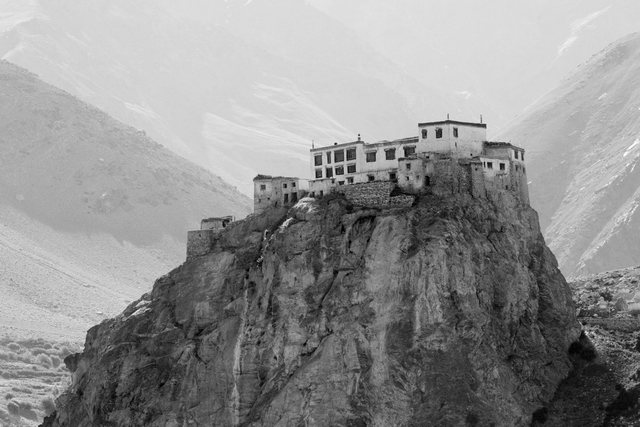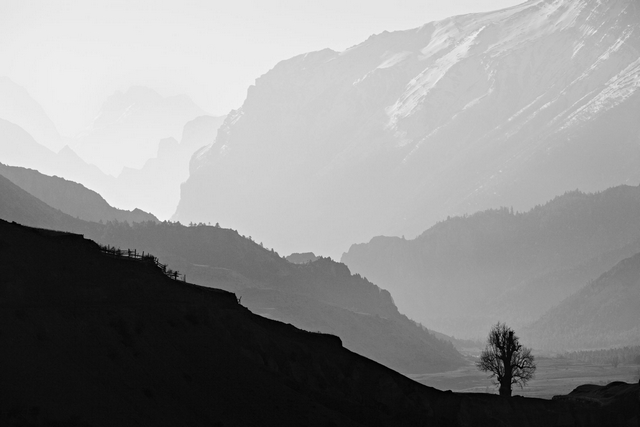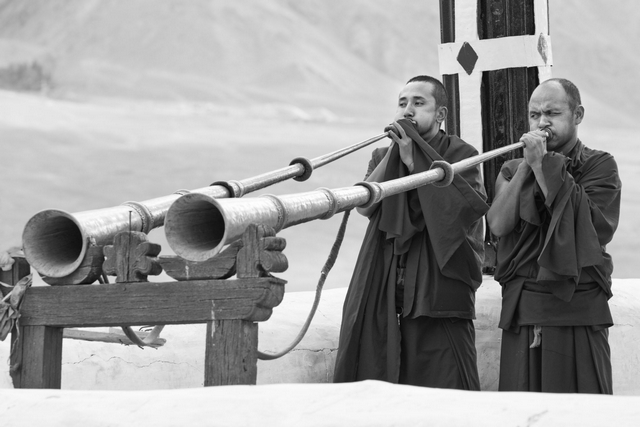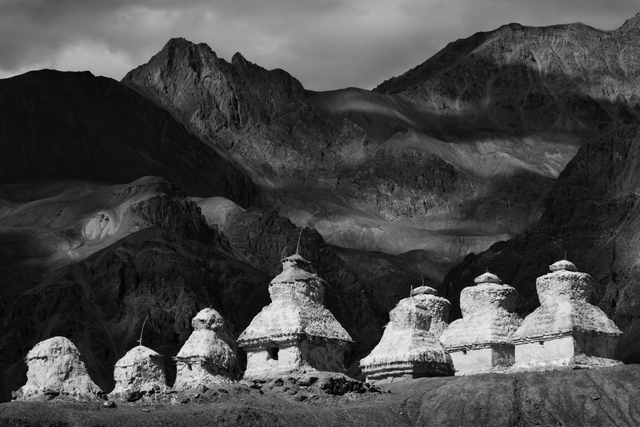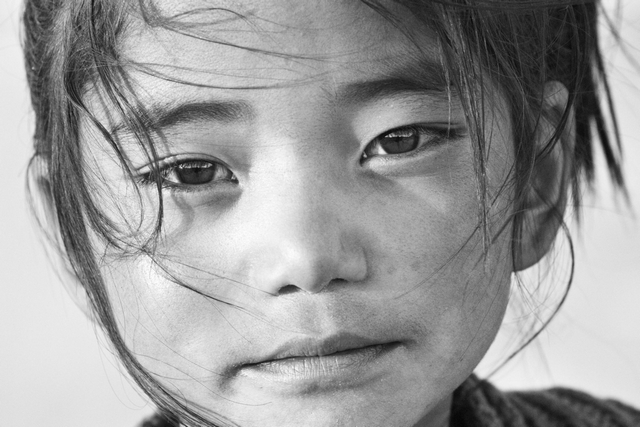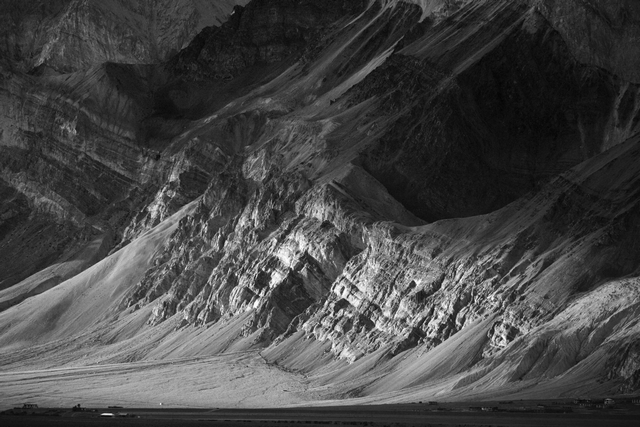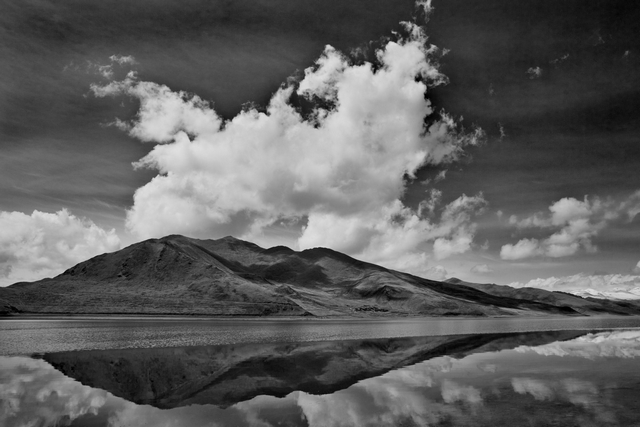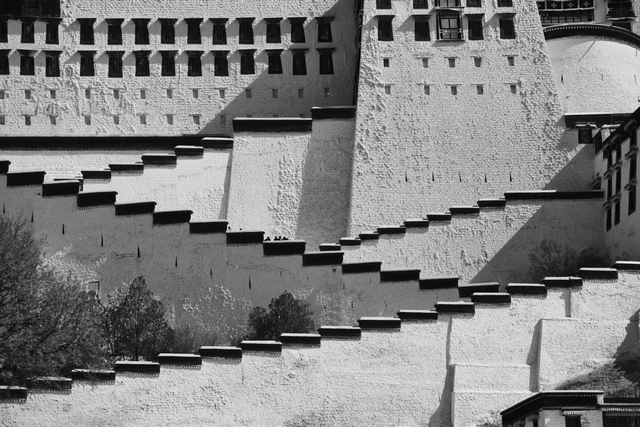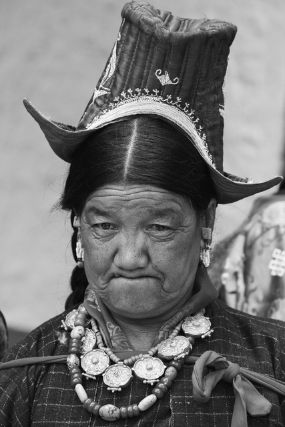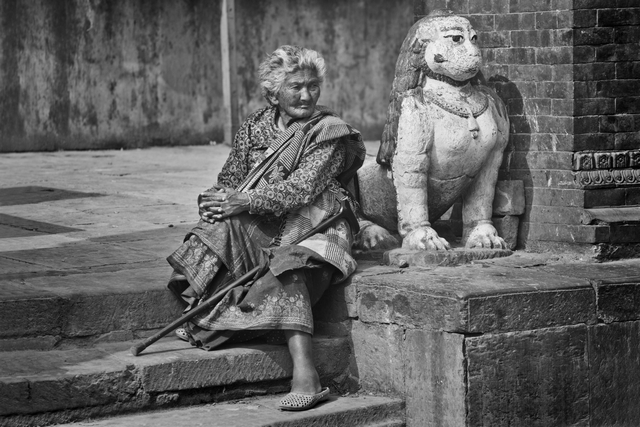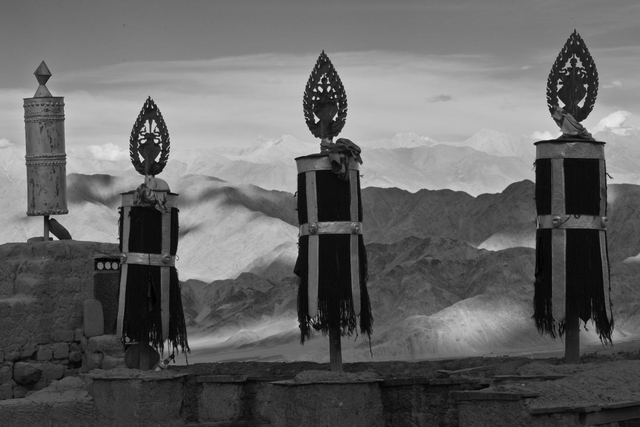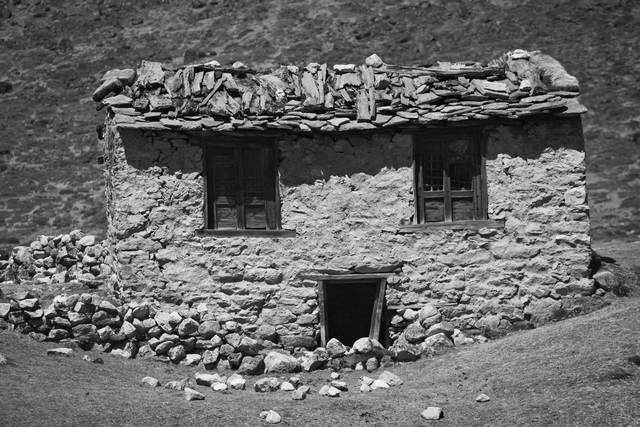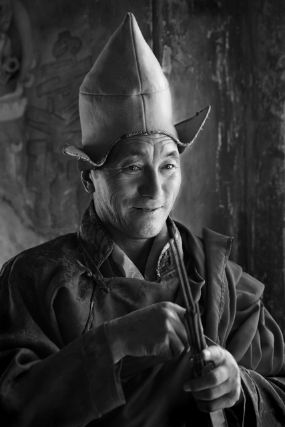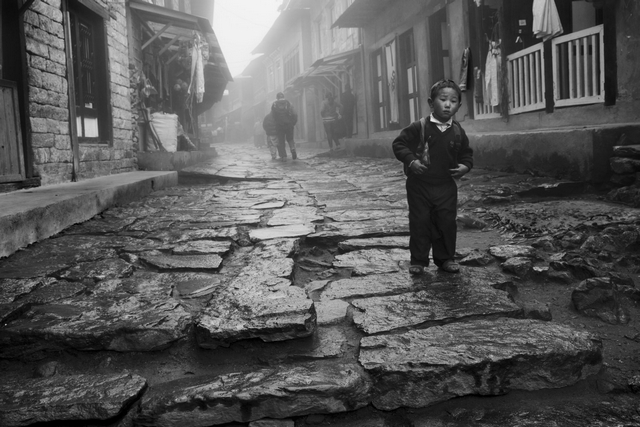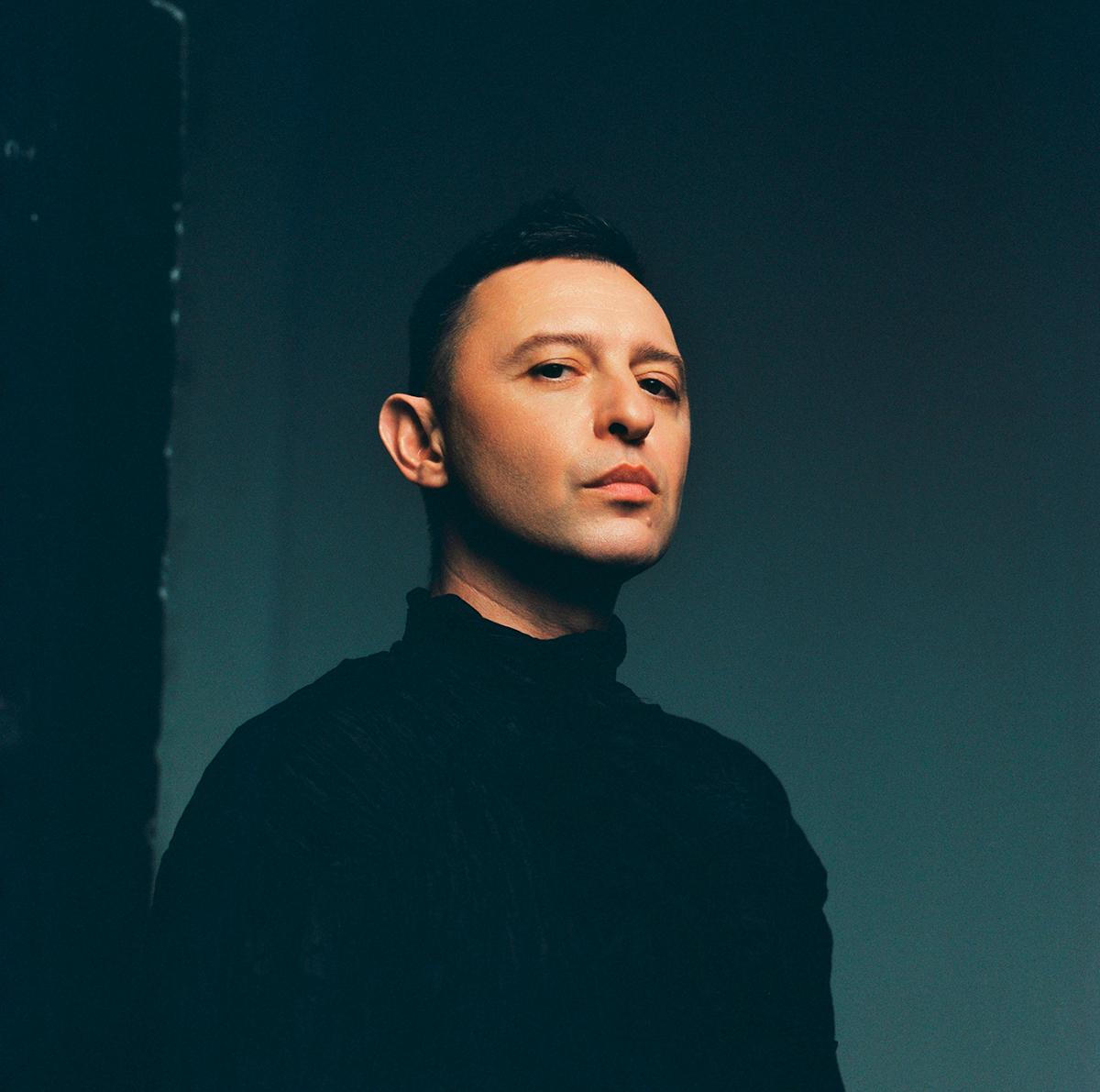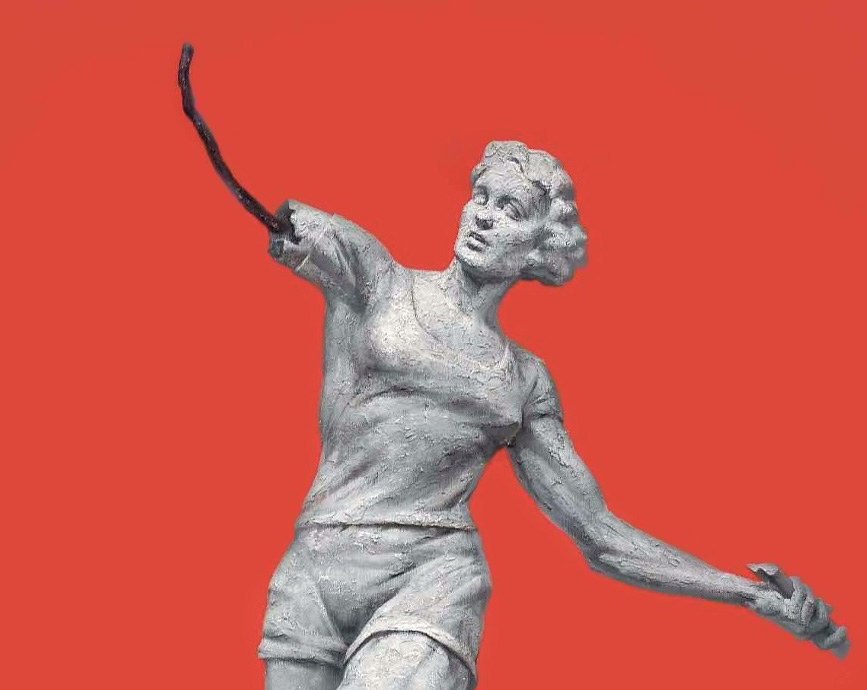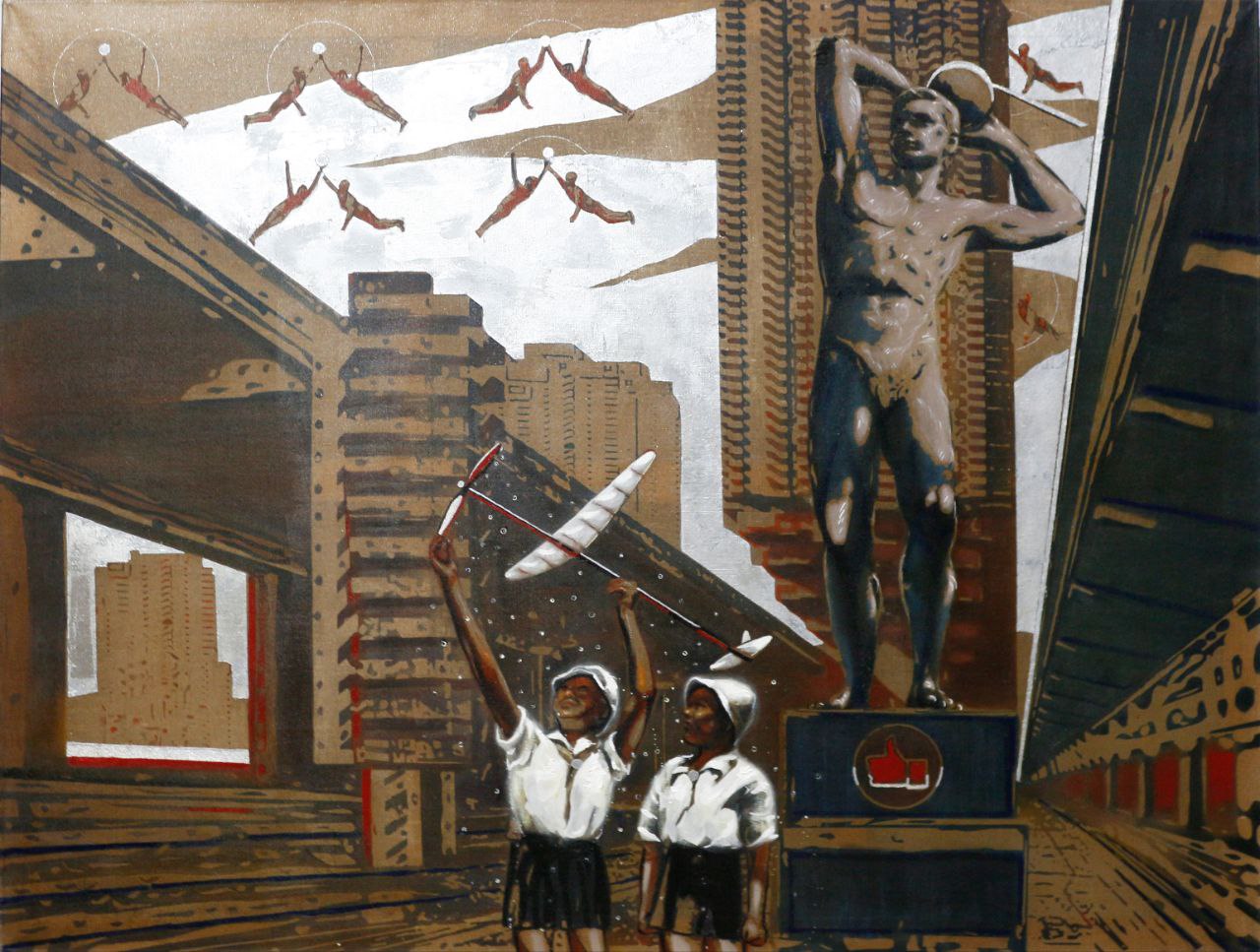Photographer Alexander Dymnikov takes the viewer to the “roof of the world” and shares everything he knows about Tibet.
-
An attempt to rediscover Tibet
-
Stunning images showing Tibetan life in a different light
-
Places hidden from curious eyes by the harsh Himalayas
Erarta Museum of Contemporary Art is proud to present the solo exhibition by the photographer Alexander Dymnikov, who is not afraid of long hikes and steep climbs.
“The secret of Tibet is calling. Its infinite spaces, dead ancient cities, mysterious Buddhism, and legendary Shambhala attract and give no piece! But it looks severely at the rare travelers, and keeps safely its eternal secrets.
Tibet is the roof of the world. From the southern warm and moist air masses it is firmly protected by the grand chain of the Himalayas. It is high, cold and dry. High and cold as anything else. So cold and high, that a lot of people from the plains are afraid to go there, even for a tourist trip.
But Tibet is not deserted. Almost every valley with at least a few tufts of grass is inhabited with people. And these people are just like us. Only their houses are made of rough stones and sometimes coated with clay. Their water is in a street stream that freezes at night. Their old houses have no windows, but smoke holes. There is no central heating, and only kitchen fire warms them up. They burn dung since there is nothing else to burn — too cold and high. The rare tufts of grass feed local yaks, which give milk and meat, wool and leather, and even fuel for the fire. The winter temperature goes below -20 C. The life expectancy is 80 years, and sometimes even 100.
Once people used to live in sheltered valleys. But steep and deep valleys give little land, so after the cold tolerant grain crops were invented people began to settle higher, up to the heights of 4000–4500 m, and sometimes even higher, on the Tibet plateau. This happened about 3500 years ago.
Some scientists believe that the ancient Tibetan religion Bon replaced paganism about six thousand years ago. And the modern Buddhism was founded by Siddhartha Gautama - the Buddha Shakyamuni in VII century BC. Its various aspects still feature the preserved elements of Bon and Hinduism. After physical death, the soul of a Buddhist gets reborn and returns to Earth. Life is temporary, and the body is only the clothes for the soul. People are eager to get out of the eternal cycle of birth and death, to escape from the wheel of Samsara, and to break free from karma — the results of their previous deeds. Only attainment of enlightenment (Buddhahood) would allow one to enter Nirvana.
Over the recent decades, there has been resettlement of people in Tibet. More than a million Tibetans went to India and Nepal in the 50s. Tibetans, who lived in the mountainous Himalayan valleys, go down to warmer valleys. Some villages are deserted by half, some are completely abandoned. At the same time residents of the crowded and poor cities of Nepal move to Singapore and Malaysia. And Tibet is getting occupied by the Chinese. The population of Lhasa, the capital of Tibet, which is situated at the altitude of 3500 m, has grown ten times and now reached half a million people. The Chinese are engaged in construction and trade, hotel and restaurant businesses, and growing vegetables in giant greenhouses. The new highway lies through the whole Tibet, crosses Lhasa and goes up to the sacred Mount Kailash. The high-speed railway with train cars equipped with oxygen cylinders, goes through the5,000 meters high mountain passes, reaches Shigatse and stretches further to the west.
But the obvious technical progress makes even more valuable such thing as mountainous Tibetan villages with old houses and traditional way of life, the men plowing the fields and women carrying dung in baskets, the primitive water mills grinding flour and ancient monasteries preserving Sanskrit texts, the rare celebrations of Tsam and belief that after the death “rinpoche” returns to Earth in another rebirth. And the majestic mountain ranges, the highest and most inaccessible in the world, will be there forever no matter what. Proud, mysterious and silent, keeping its secrets inaccessible, at least for this life…”
А. Dymnikov
Alexander Dymnikov was born in 1961 in St. Petersburg. Since 2006 he has been a member of the Union of Photo Artists of Russia. In January 2015 he was elected the Chairman of the St Petersburg Union of Photographers.
In 1984 Alexander graduated from the Physics Department of the Leningrad State University and until 1992 worked at the Vavilov State Optical Institute, researching fundamental problems of the glassy state structure. From 1992 to 2015 he worked in real estate business and was a director of several investment projects.
In the 1980s, he got interested in mountain tourism, and so far has made over 40 skiing and hiking mountain trips. Among his favorite routes there are crossing the Himalayas on a bicycle, biking and trekking in polar Sweden, Norway and Iceland; canoe trips on Lake Ladoga and the White Sea, rock climbing in the Dolomites, trekking and climbing in Nepal, Tibetan expedition, and ski trek to the North Pole.
He also took part in several expeditions tracing the ancient civilizations in Peru, Bolivia, Egypt, Syria, Lebanon, Iran, Turkey, Greece and Israel.

